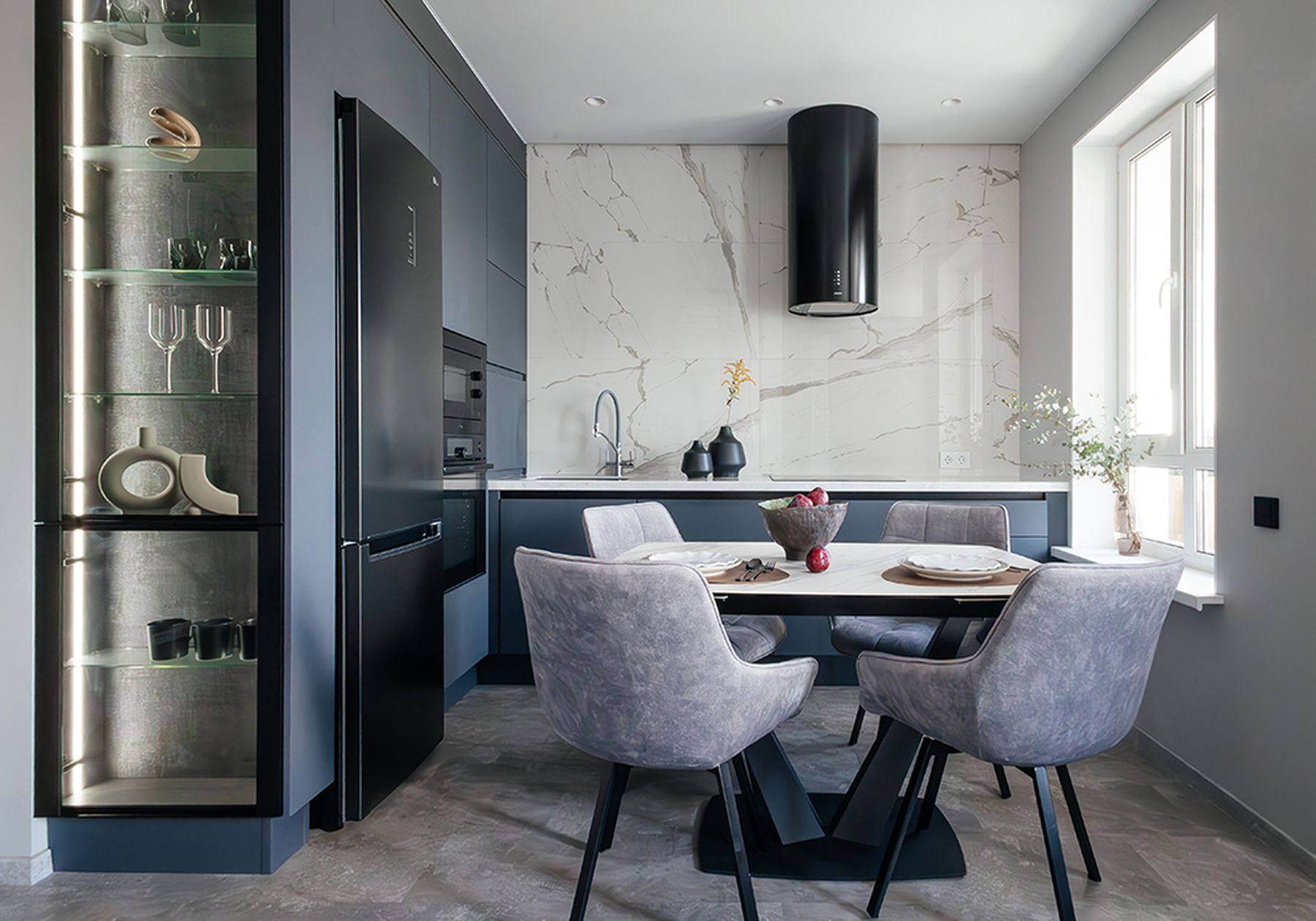
Redefining Culinary Spaces: Embracing the New Era of Gastronomy
The concept of culinary spaces has been undergoing a significant transformation. What used to be merely areas where food was prepared has now morphed into multifunctional environments fostering creativity, social interaction, and learning. Redefining culinary spaces encompasses not only aesthetic enhancements and technological advancements but also a rethinking of their role in our daily lives. Let's explore these dynamic changes that are reshaping home kitchens, restaurants, and public food hubs alike.
Home Kitchens: The Heart of Innovation
Home kitchens have always been considered the heart of the household, but they are now also becoming the command center for culinary exploration and entertainment. The lines between cooking, dining, and living spaces continue to blur as open-concept designs gain popularity. These remodeled spaces are being equipped with professional-grade appliances, smart technology, and versatile workstations that encourage amateur chefs to experiment and master new recipes. With sustainability in mind, many are also incorporating eco-friendly materials and energy-efficient gadgets, signaling a move towards a greener lifestyle.
Restaurants: Crafting Experiential Dining
Restaurants are fundamentally revising their physical layouts to offer diners more than just a meal—they are providing an immersive experience. Open kitchens and chef's tables invite patrons to witness the culinary magic firsthand, fostering a connection between the creation and consumption of food. Atmospheric elements like lighting, acoustics, and decor are being carefully curated to create a specific mood or tell a cultural story. Moreover, interactive dining formats, such as DIY meal kits or gastronomic workshops, are becoming an integral part of the dining experience, transforming patrons from passive consumers into active participants.
Public Food Hubs: Community-Centric Innovations
Public food hubs like food halls, markets, and cooking schools are also redefining culinary spaces by creating community-centric environments that emphasize inclusion, education, and collaboration. These include incubator kitchens that support budding food entrepreneurs, communal tables that encourage strangers to dine together, and public cookery classes that demystify gourmet cuisine. By promoting local food movements and hosting culinary events, these hubs are not only feeding people but also nourishing communities.
Technological Integration: The Future is Smart
Technological advancements are a cornerstone of the culinary space evolution. Automation, artificial intelligence, and the Internet of Things are increasingly embedded into both commercial and home kitchens. Smart ovens that can be controlled remotely, refrigerators that track inventory and suggest recipes, and apps that streamline the entire cooking process are just the tip of the iceberg. These innovations not only simplify tasks but also enhance precision and creativity in cooking, paving the way for culinary experiences that were once deemed futuristic.
Conclusion: A Delicious Fusion of Form and Function
The redefinition of culinary spaces is more than a trend—it's a reflection of our evolving relationship with food. From homely kitchens that double as tech hubs to restaurants offering storytelling through cuisine, these spaces are becoming areas of expression, education, and enjoyment. The transformation is ongoing, and as we embrace these changes, we open our palates to a world where culinary spaces are as diverse and rich as the dishes that emerge from them. The future of culinary spaces promises a delicious fusion of form and function, where every meal is a chance to explore, engage, and excite.